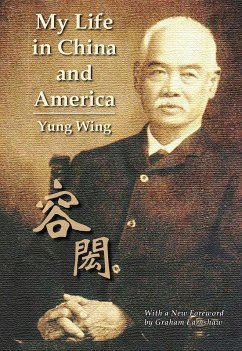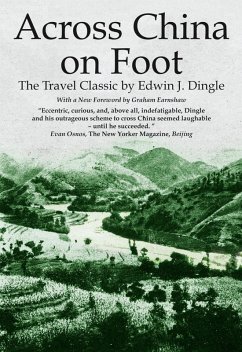
A Handbook to Agra and the Taj, Sikandra, Fatehpur-Sikri and the Neighbourhood (eBook, ePUB)

PAYBACK Punkte
0 °P sammeln!
E. B. Havell's "A Handbook to Agra and the Taj, Sikandra, Fatehpur-Sikri and the Neighbourhood" serves as an illuminating guide to one of India's most iconic regions. Written in a descriptive prose that blends scholarly insight with accessible narratives, Havell meticulously explores the architectural splendor and historical significance of the Taj Mahal, Sikandra, and Fatehpur-Sikri. The book situates these landmarks within the broader context of Mughal history and culture, ensuring that readers appreciate their artistic and cultural richness while also navigating practical travel details. Ha...
E. B. Havell's "A Handbook to Agra and the Taj, Sikandra, Fatehpur-Sikri and the Neighbourhood" serves as an illuminating guide to one of India's most iconic regions. Written in a descriptive prose that blends scholarly insight with accessible narratives, Havell meticulously explores the architectural splendor and historical significance of the Taj Mahal, Sikandra, and Fatehpur-Sikri. The book situates these landmarks within the broader context of Mughal history and culture, ensuring that readers appreciate their artistic and cultural richness while also navigating practical travel details. Havell's keen observations and historical context enable the reader to understand the interplay of art, architecture, and the rich heritage of the Mughal Empire. An accomplished art historian and educator, E. B. Havell was deeply engaged with the artistic and cultural dimensions of India. His extensive background in the history of Indian art shaped his perspective in this guide, allowing him to articulate the significance of these monumental sites. Havell's dedication to promoting an understanding of India's rich heritage stemmed from his belief in the importance of cultural preservation during the colonial period. This handbook is not only an invaluable tool for travelers seeking to uncover the grandeur of Agra and its surroundings but also a scholarly resource for students of history and architecture. Readers are encouraged to delve into Havell's work, as it stands as a testament to the beauty and intricacies of India's cultural heart.
Dieser Download kann aus rechtlichen Gründen nur mit Rechnungsadresse in A, B, BG, CY, CZ, D, DK, EW, E, FIN, F, GR, H, IRL, I, LT, L, LR, M, NL, PL, P, R, S, SLO, SK ausgeliefert werden.













